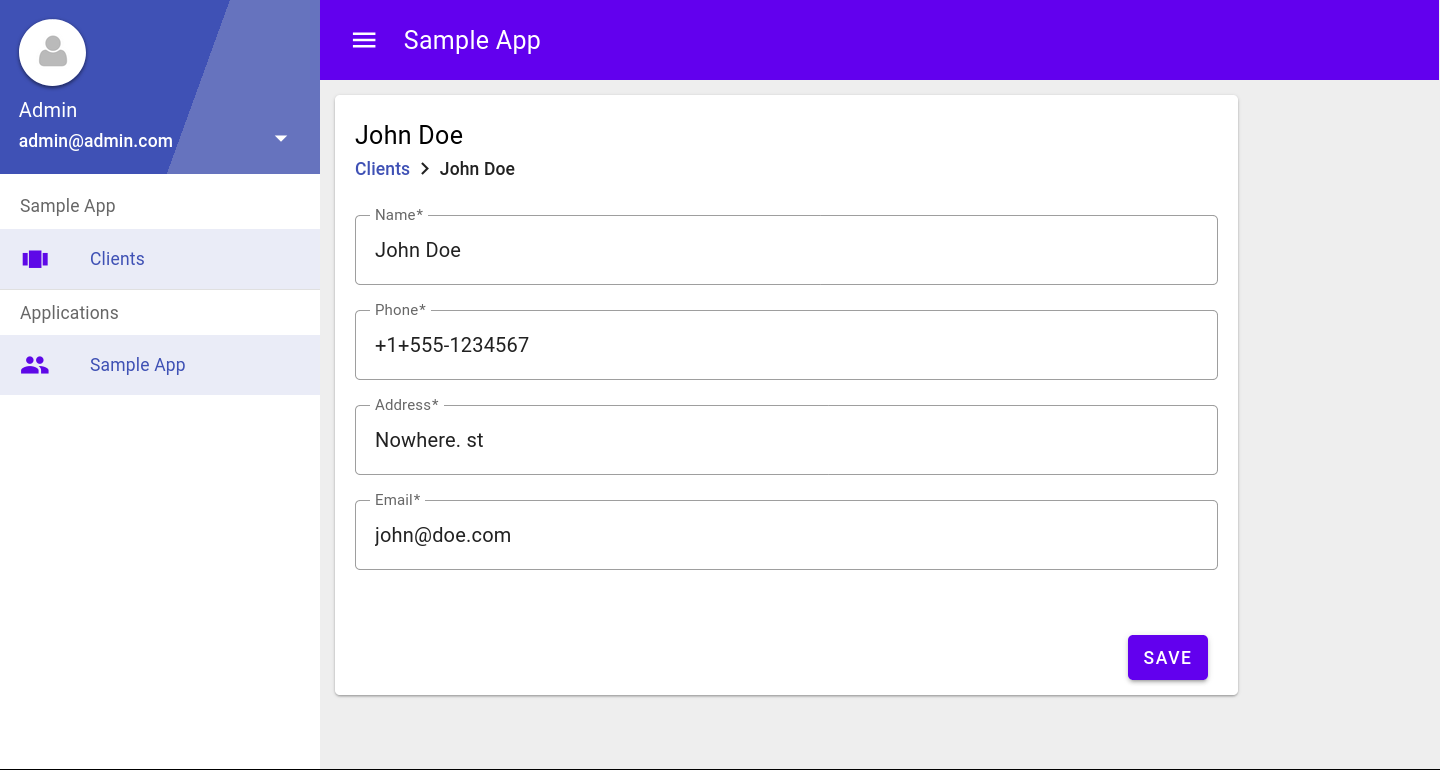Why Choose Viewflow?¶
Building web apps usually comes down to two choices: raw power with Django or the ease of low-code solutions. Django offers flexibility and control but can eat up a lot of time. Low-code solutions are quick and easy but often fall short on customization.
Viewflow bridges this gap. You can get your app up and running for users in a day. It offers the flexibility to make small changes and iterate quickly. And if you need something unique, you can still rely on the standard Django/Python/HTML/JavaScript tools you already know. Viewflow can be hosted on your servers and integrated with your existing services seamlessly.
What makes Viewflow different is it doesn’t force you to use slow, drag-and-drop interfaces for your UI and workflows. Instead, it gives you a small, consistent API to build complex forms and workflows. With Viewflow, you can type faster than you can click.

class Client(models.Model):
name = models.CharField(max_length=240)
phone = models.CharField(max_length=14)
address = models.CharField(max_length=300)
email = models.EmailField(max_length=240)
site = Site(title="ACME Corp", viewsets=[
Application(
title='Sample App',
icon='people',
app_name='emp',
viewsets=[
ModelViewset(model=Client),
]
),
])
In short, Viewflow balances the power of Django with the speed of low-code solutions. You get quick prototyping, the ability to customize as needed, and efficient APIs. It’s the perfect choice for developers aiming to create robust business apps quickly and effectively.